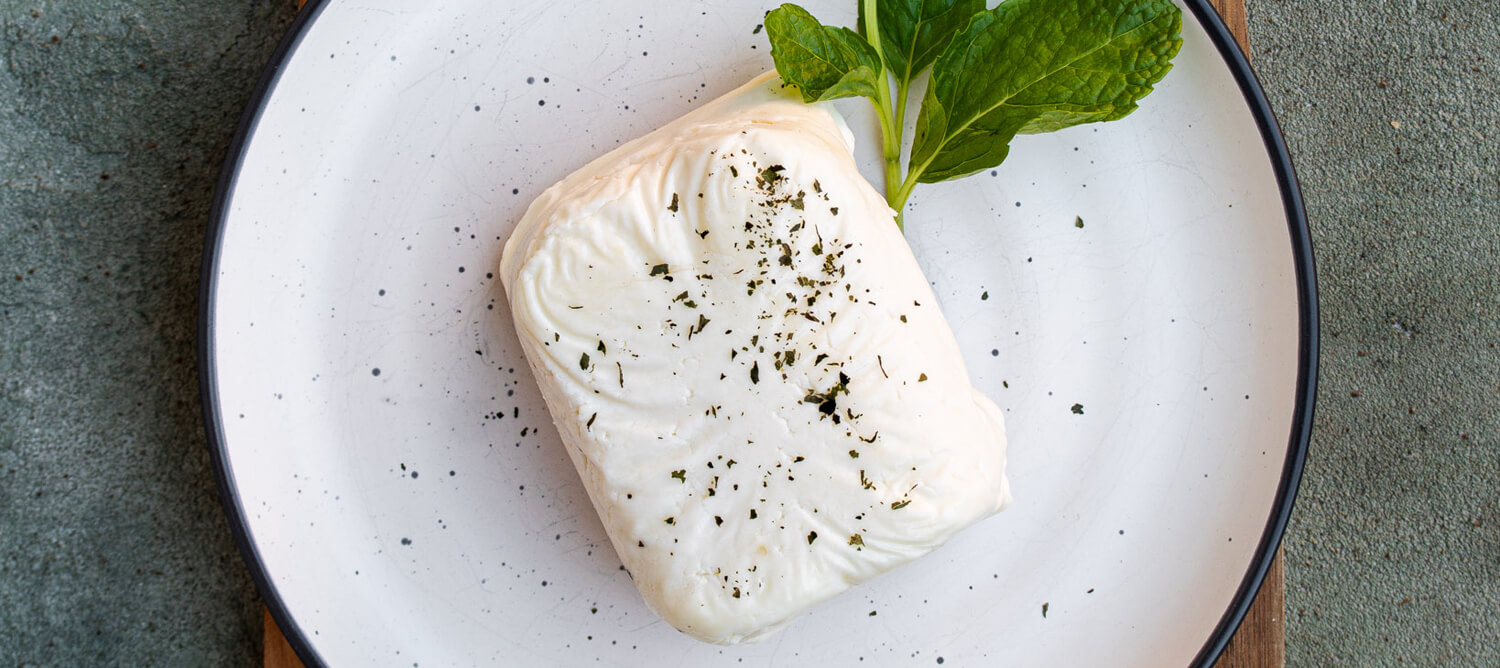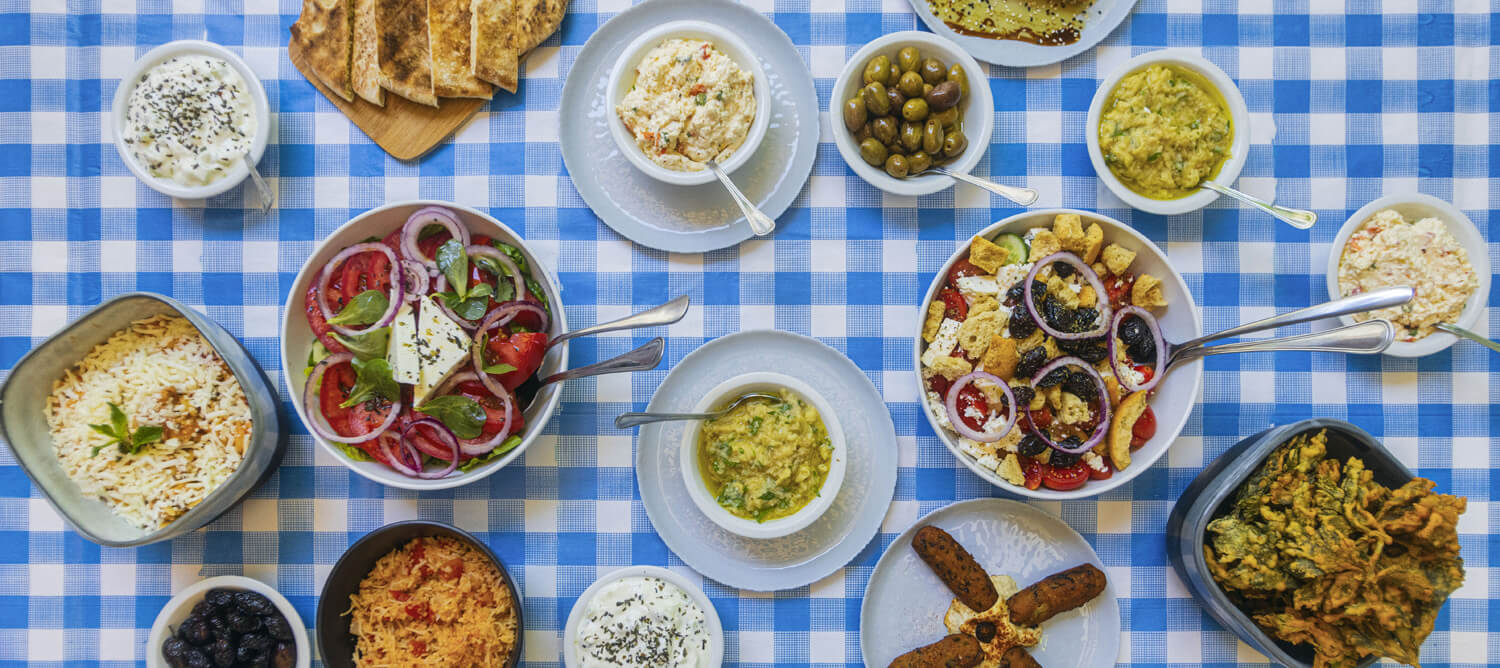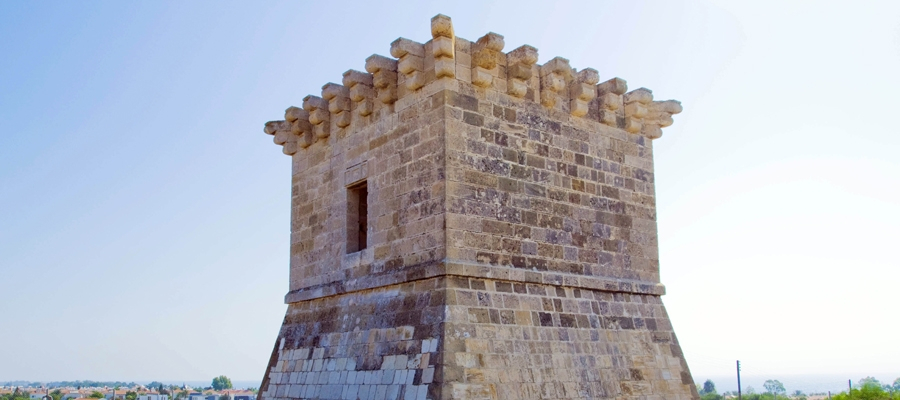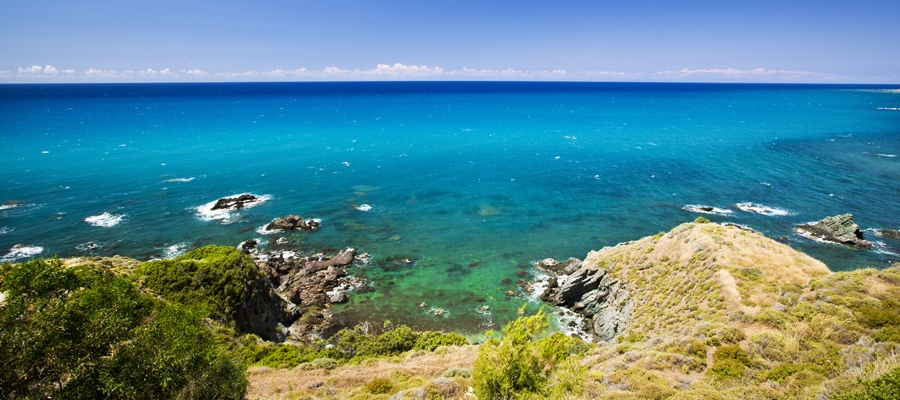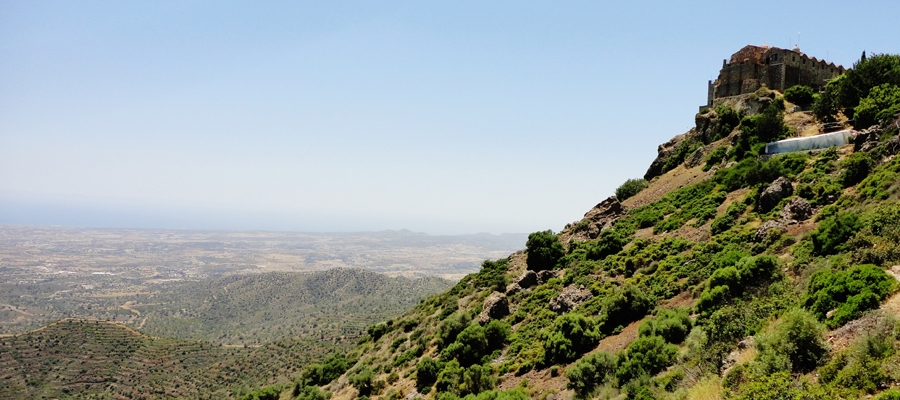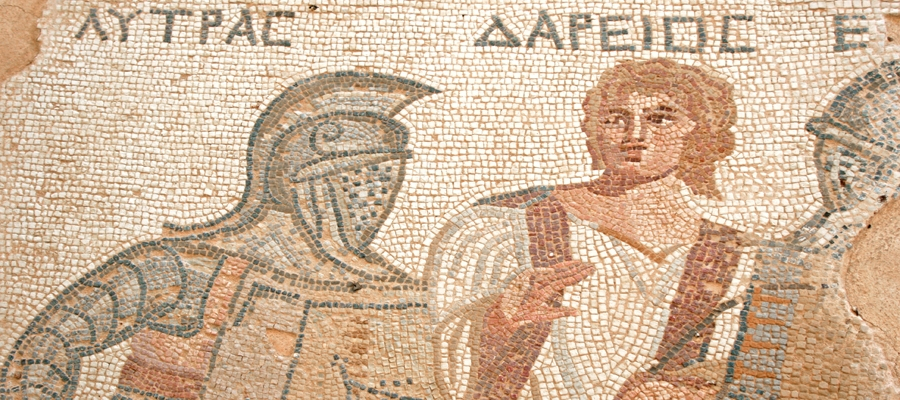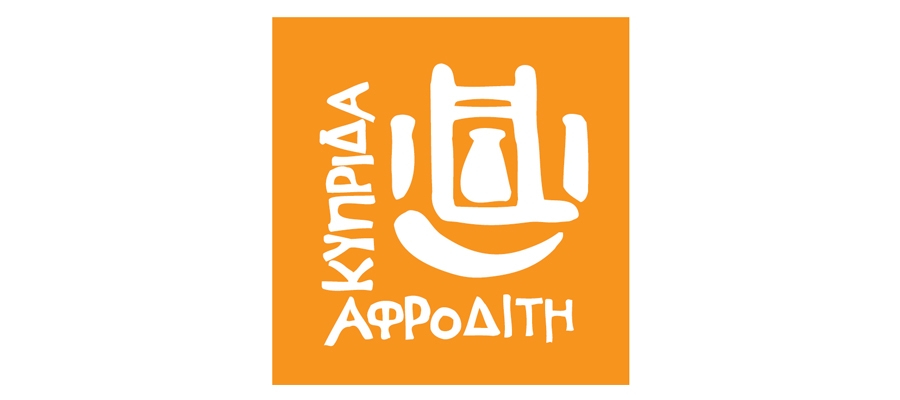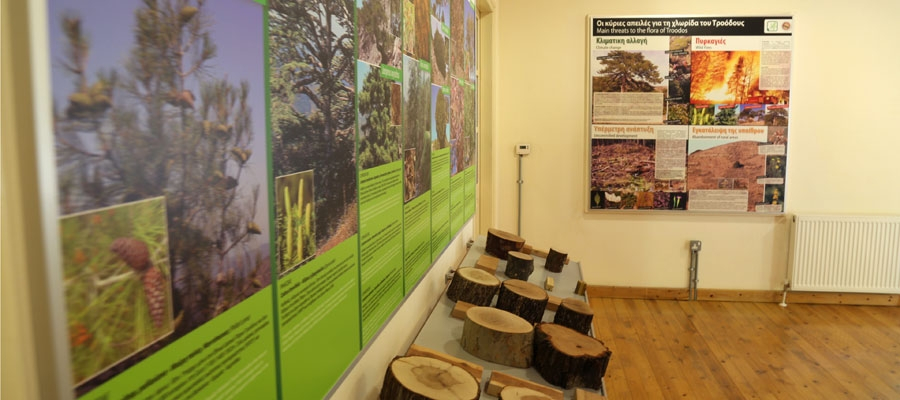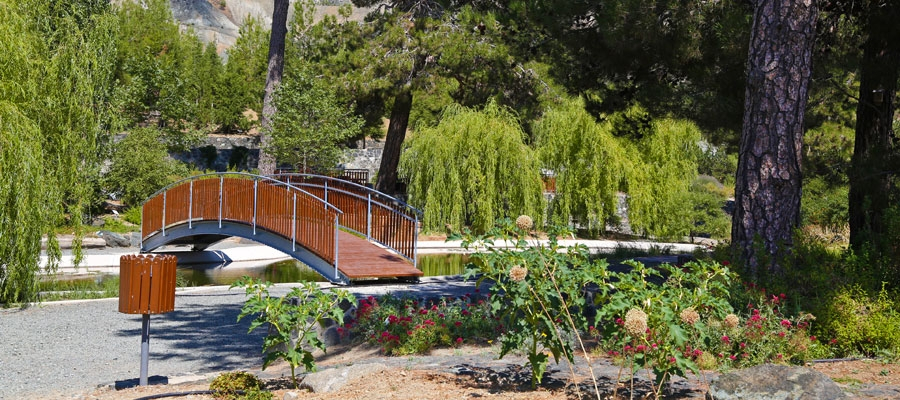The island’s most famous cheese – Halloumi – is a delicious and versatile product that has a distinctive texture and is fantastic both cold and cooked (grilled or fried). In fact, it is unlikely that you will not encounter this cheese on your visit to the island, whether it is in a sandwich, as part of a traditional ‘meze’ or at breakfast!
This white, semi-hard cheese has been produced on the island for centuries and is traditionally prepared with a precise quantity of goat or sheep’s milk (mainly by the villages that produce it) in order to qualify as authentic Halloumi. It can also be made with cow’s milk (more commonly by the larger dairies), or even a mix of all three milks. Mint is often added to this salty cheese, and it has a long shelf life.
There are so many ways to enjoy Halloumi! When cold, it is traditionally eaten for breakfast with watermelon, or alongside village bread and olives. When grilled, it takes on the rubbery texture that is so popular in a Halloumi and Lountza (cured pork loin) sandwiches; as a barbequed dish in a meze meal; fried with eggs; stuffed in Cypriot ravioli; soft in ‘trahana’ or avgolemoni soups, or added to pasta dishes.
Halloumi is made in special large bronze containers where, after adding the rennet, the milk curds are removed from the heat, strained very well and then wrapped in a piece of cloth with a heavy object placed on top to squeeze out any remaining whey.
The cheese is then cut into pieces and submerged once again into hot whey until it rises to the surface. The pieces are then taken out of the container and placed in salt and mint, folded in two and left to cool. It is finally submerged once again into hot whey.

